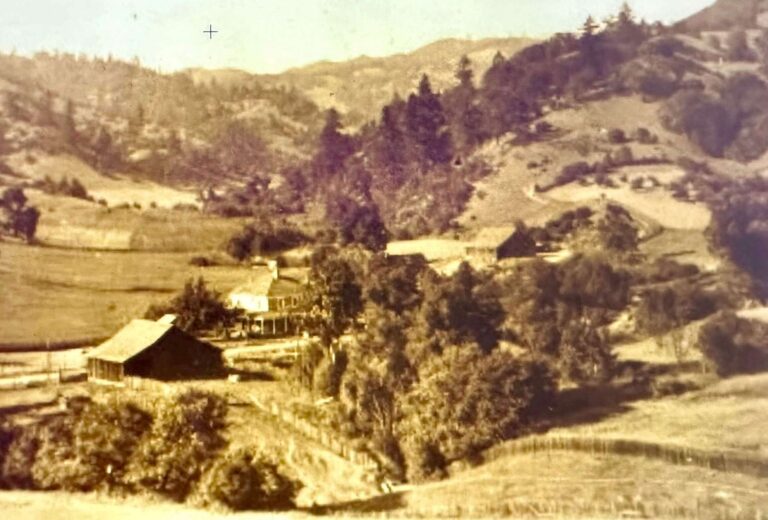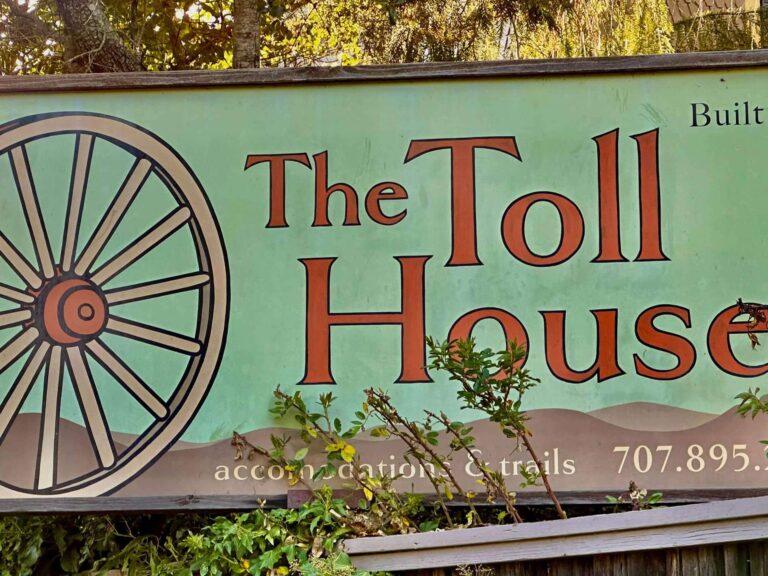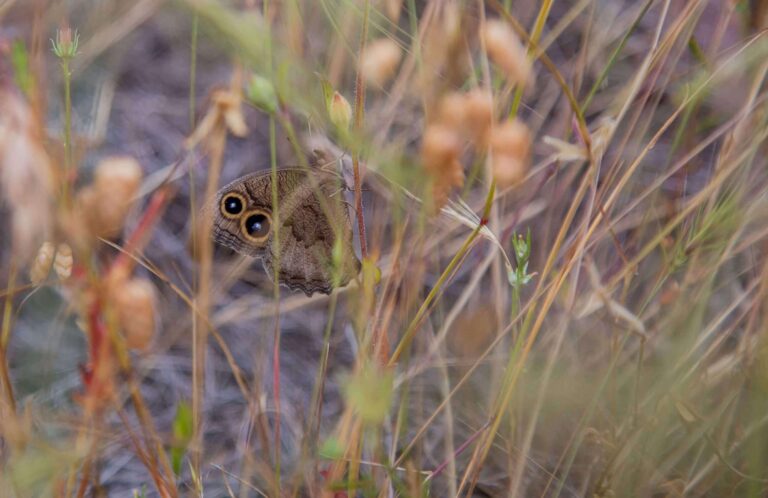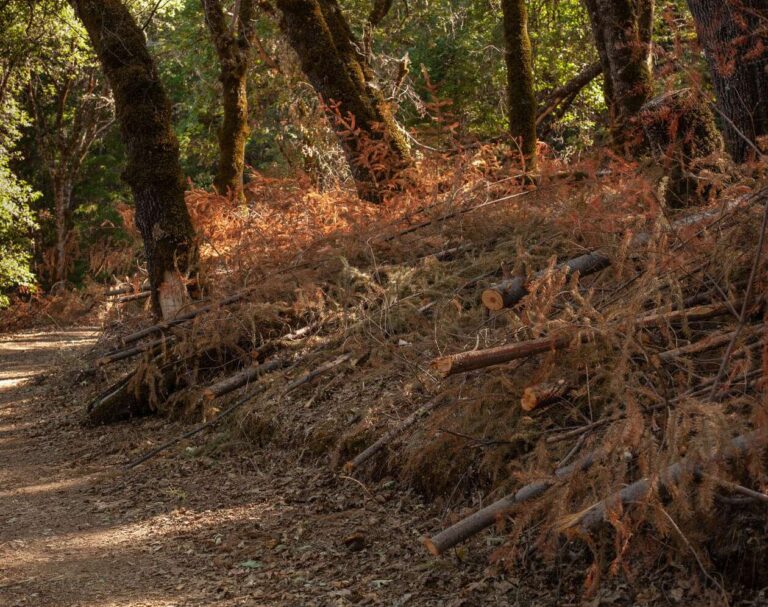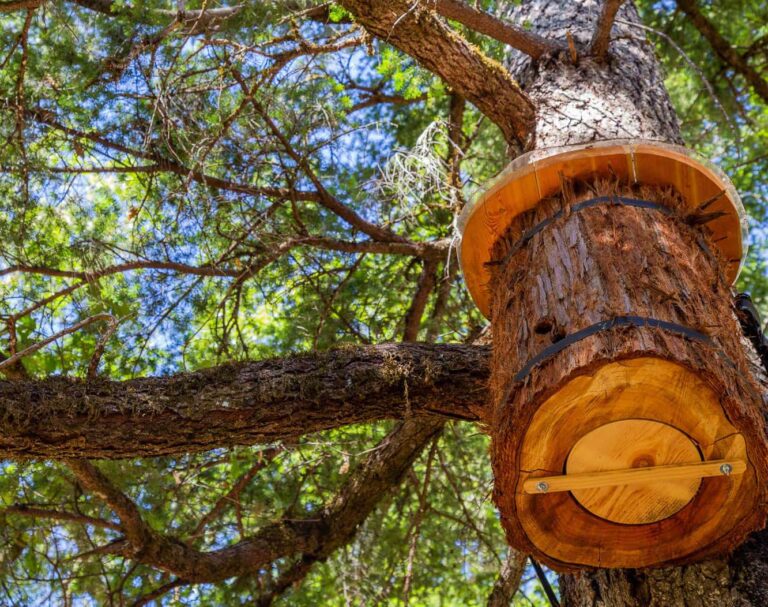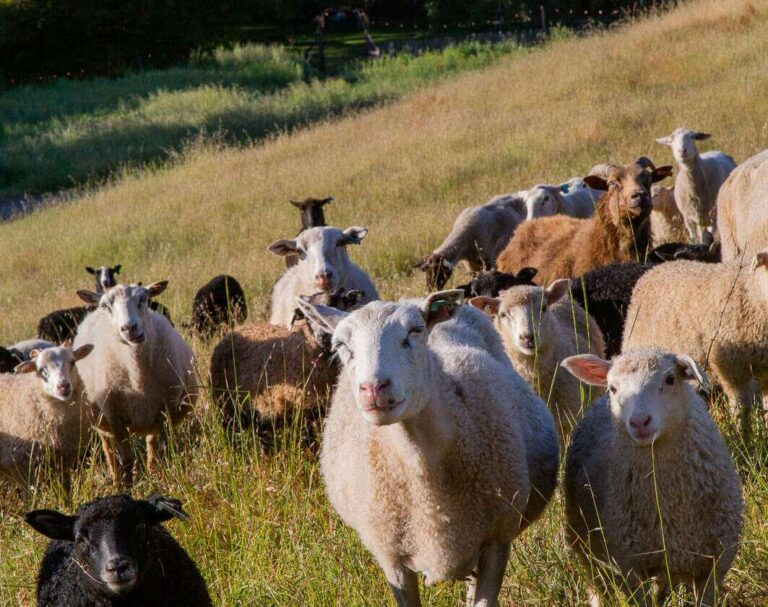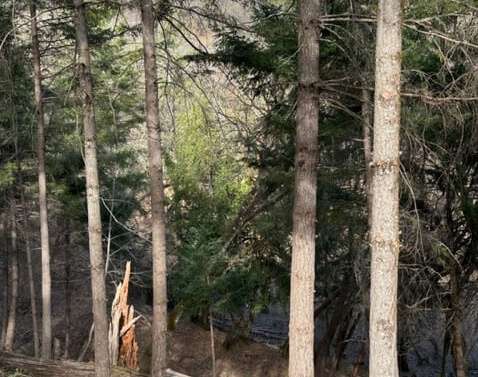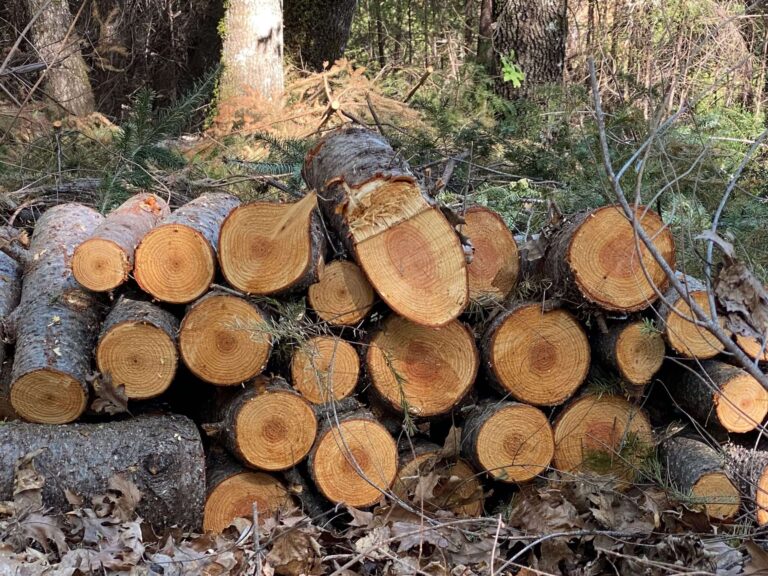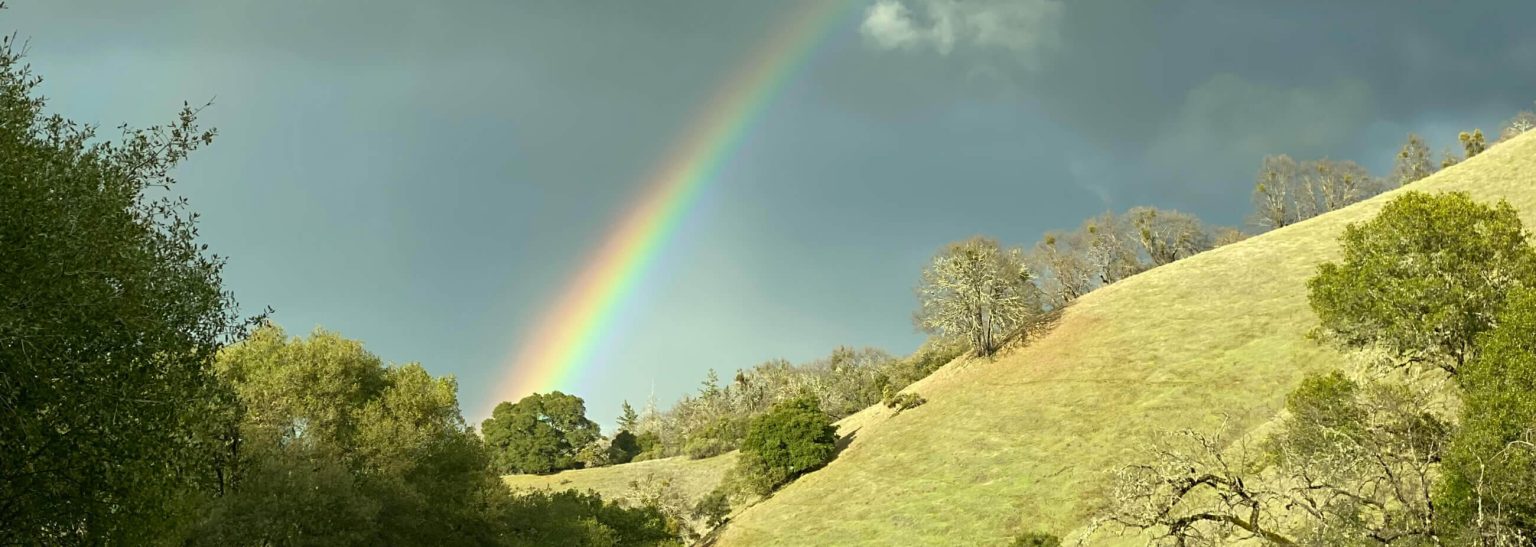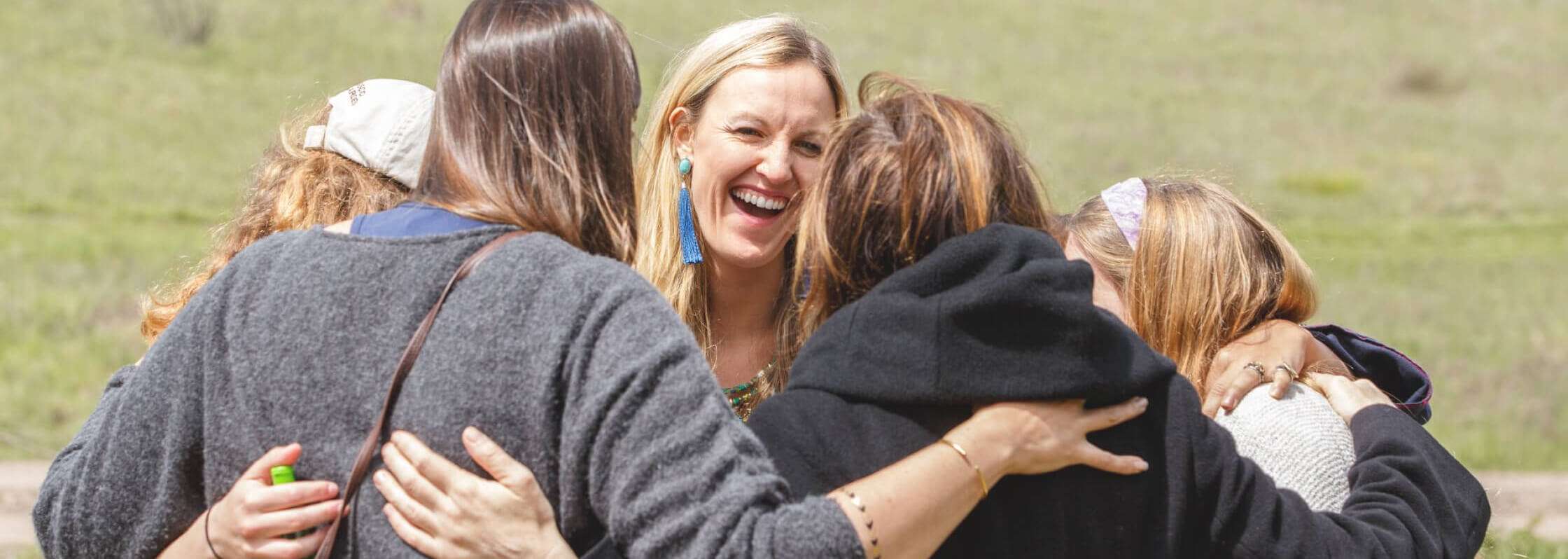Ours is an age between worldviews, creative yet disoriented, a transitional era when the old cultural vision no longer holds and [while] the new has not yet constellated, we are not without signs of what it might look like…
SLOW LIVING PROMOTION: 25% OFF WEEKDAY stays through May with code WORKATION25
SLOW LIVING PROMOTION: Up to 25% off for a limited time—visit the Getaways page!
SLOW LIVING PROMOTION: 25% OFF WEEKDAY stays through May with code WORKATION25
SLOW LIVING PROMOTION: 25% OFF WEEKDAY stays through May with code WORKATION25
SLOW LIVING PROMOTION: 25% OFF WEEKDAY stays through May with code WORKATION25
SLOW LIVING PROMOTION: 25% OFF WEEKDAY stays through May with code WORKATION25


